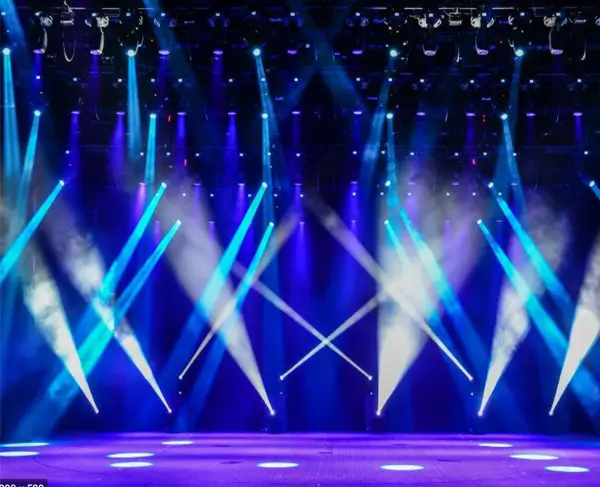- Introduction
- Introduction
- The History of Stage Lighting
- Types of Stage Lighting Fixtures
- Lighting Techniques for Different Types of Performances
- Impact of Lighting on Audience Perception
- Importance of Lighting Design in Enhancing Stage Performances
- Case Studies: Successful Use of Lighting in Stage Performances
- Tips for Improving Lighting for Stage Performances
- Conclusion
Introduction
The Importance of Lighting For Stage Performance
Introduction
Lighting plays a crucial role in stage performances as it enhances the overall atmosphere and mood of the production. In this blog, we will delve into the significance of lighting in the realm of theater and live performances.
The History of Stage Lighting
Stage lighting has a rich history that dates back to ancient theatrical traditions. From the use of candles and oil lamps to the modern LED technology, the evolution of stage lighting has been remarkable.
Types of Stage Lighting Fixtures
There are various types of stage lighting fixtures used in theater productions, including spotlights, floodlights, gobos, and moving heads. Each fixture serves a specific purpose in illuminating the stage.
Lighting Techniques for Different Types of Performances
Different performances require specific lighting techniques to create the desired ambiance. Whether it's a drama, musical, or dance performance, lighting designers use color, intensity, and angles to enhance the visual appeal.
Impact of Lighting on Audience Perception
The impact of lighting on audience perception is profound. It can direct the audience's attention, evoke emotions, and enhance the overall experience of the performance.
Importance of Lighting Design in Enhancing Stage Performances
Effective lighting design is essential in enhancing stage performances. It can transform a simple set into a dynamic and engaging visual display that captivates the audience.
Case Studies: Successful Use of Lighting in Stage Performances
Several case studies have showcased the successful use of lighting in stage performances. From Broadway productions to local theater shows, lighting has been a key element in creating memorable experiences.
Tips for Improving Lighting for Stage Performances
For those looking to improve their lighting design skills for stage performances, here are some tips: experiment with different lighting angles, utilize color filters for dramatic effects, and collaborate with other creatives to achieve a cohesive vision.
Conclusion
In conclusion, lighting is a critical component of stage performances that can transform a production from ordinary to extraordinary. By understanding the importance of lighting design and implementing effective techniques, performers can immerse their audience in a captivating visual experience.

